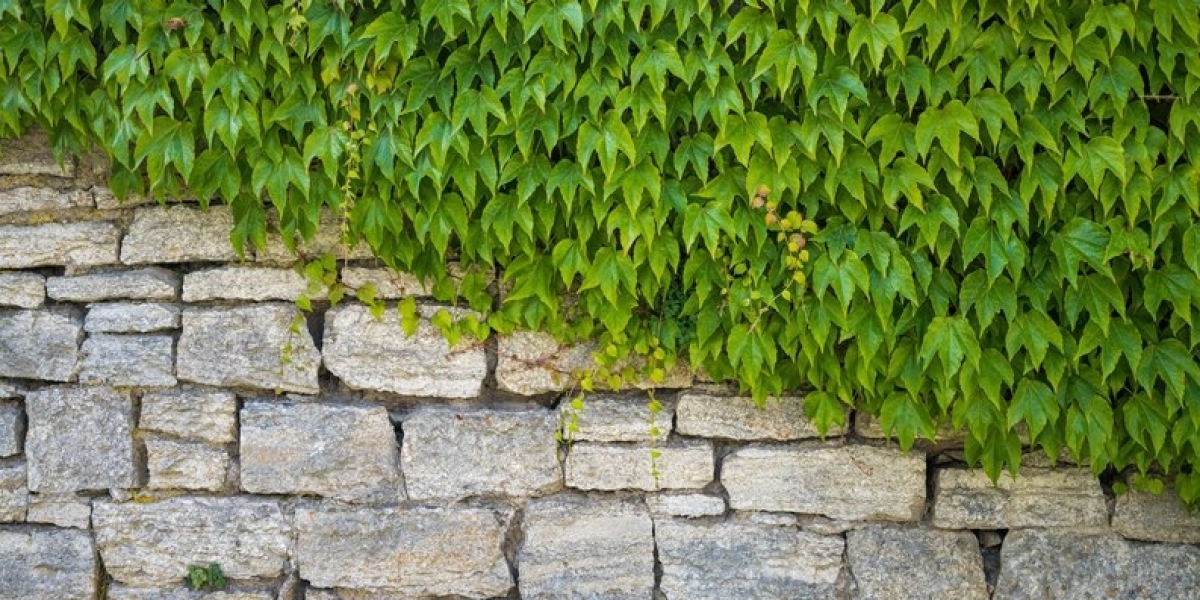Transforming Landscapes with Engineered Retaining Walls
Engineered retaining walls offer numerous benefits when it comes to landscaping projects. They not only provide functional support but also add aesthetic appeal to outdoor spaces. Whether you're creating terraced gardens, defining boundaries, or leveling uneven terrain, these walls can be instrumental in achieving your landscaping goals.
Creating Level Surfaces
Terrace Gardens
Engineered retaining walls are commonly used to create terrace gardens, especially in sloped areas. These walls help transform uneven terrain into a series of level surfaces, allowing for the cultivation of plants, flowers, and even small trees. Terrace gardens not only enhance the visual appeal of the landscape but also provide functional spaces for relaxation and recreational activities.
Pool Areas
Retaining walls are often incorporated into pool areas to level the ground and provide a stable foundation. By using engineered walls, the surrounding landscape can be seamlessly integrated with the pool design, creating a visually pleasing and functional space for outdoor entertainment and relaxation.
Enhancing Visual Appeal
Versatile Design Options
Engineered retaining walls offer a wide range of design options to enhance the visual appeal of outdoor spaces. They can be constructed using various materials, including natural stone, concrete blocks, or timber, allowing for customization based on personal preferences and the overall landscape design.
Incorporating Landscaping Elements
Retaining walls can be designed to incorporate landscaping elements such as built-in planters, lighting fixtures, or water features. These additions not only add beauty and character to the walls but also create focal points within the landscape, making it more inviting and visually captivating.
Erosion Control and Soil Stabilization
Preventing Soil Erosion
One of the primary functions of engineered retaining wall is to prevent soil erosion. By holding back the soil, these walls help to maintain the integrity of the landscape and prevent the loss of topsoil due to water runoff or gravity. This is particularly important in areas with steep slopes or where heavy rainfall is prevalent.
Stabilizing Slopes
Engineered retaining walls are effective in stabilizing slopes and preventing landslides. By redistributing the pressure exerted by the soil, these walls provide stability to the surrounding terrain
Conclusion
Engineered retaining walls are indispensable in civil engineering projects. Their role in soil retention, slope stability, infrastructure support, water management, and drainage is crucial for ensuring the safety, longevity, and success of various infrastructure developments. Civil engineers rely on the expertise of retaining wall specialists to design and construct these critical structures.









